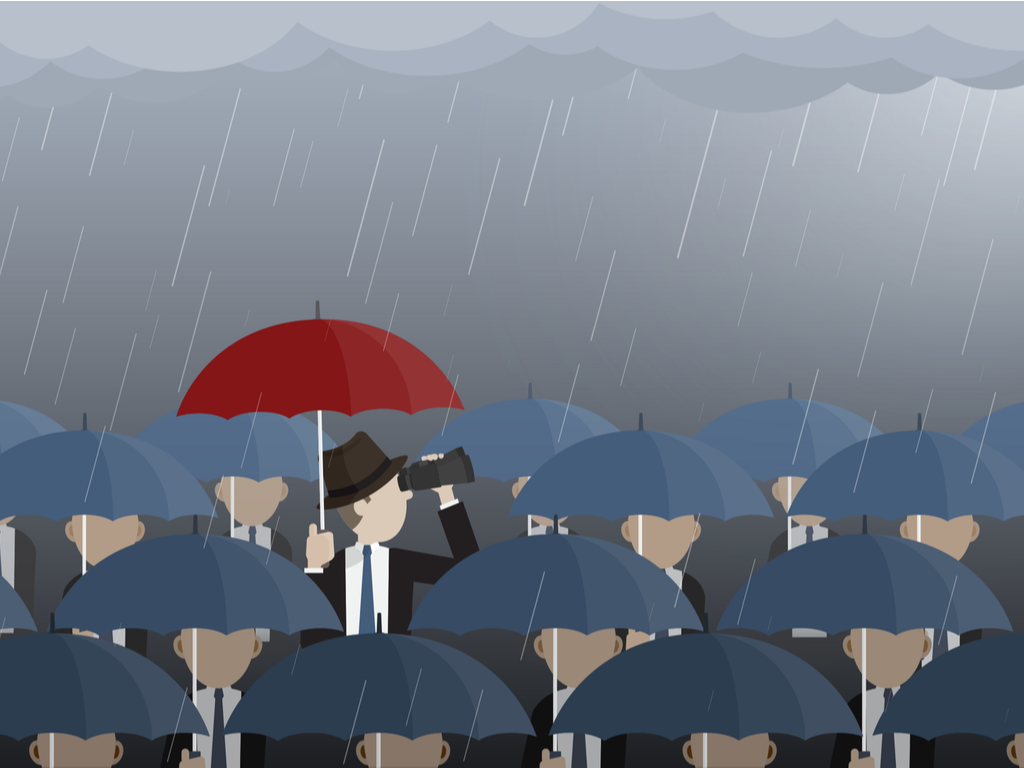By Christina Ameln, Sustainability Strategist & Advisor –
The impacts of climate change are not linear. They are manifold and diverse. Climate change impacts all levels from society – from communities to businesses to individuals. And while climate change may sometimes seem far away, we are surrounded by its consequences.
So, yes, the jargon around climate change and the upcoming COP26 can seem complicated and overwhelming. But we need to understand it.
In the paragraphs below, I will outline the basic principles of climate change, and COP26 – in other words, Climate 101. I will focus especially on the impact on business.
COP26
Since 1995, stakeholders have come together annually to decide on climate change policies and action. A key milestone was the 2015 Paris Agreement at COP21, which first brought home the urgency and the ambition to limit global warming below 2°C, preferably to 1.5°C. The Paris Agreement laid out a plan to halve greenhouse gases (GHGs) by 2030 and hit Net-Zero emissions by 2050.
The upcoming UN Climate Change Conference, COP26, taking place on 1-12 November 2021 in Glasgow, will focus what has and has not been done since 2015. It will (hopefully) set out stronger pathways to reach the Paris targets.
Like its predecessors, COP26 will once again bring together stakeholders from 190 countries to accelerate the meeting of these targets. This includes business .
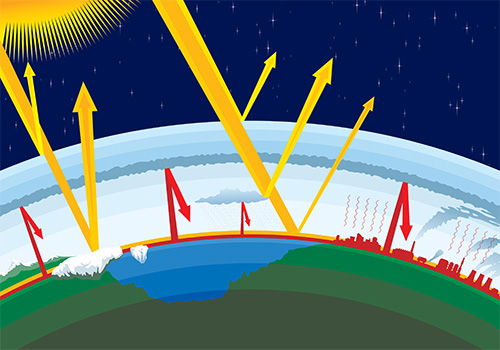
Image credit: National Institute of Environmental Health
Climate 101
The earth is paying for human expansion. The main cause for climate change and changing temperatures is what is called the Greenhouse Effect. The more greenhouse gases (GHGs) are in the atmosphere, the more heat from the sun gets trapped, the more the earth’s temperature goes up, creating negative consequences on nature and its inhabitants. A one-degree increase can have catastrophic impacts.
The most recent Intergovernmental Panel on Climate Change (IPCC) Report (2021) reflects the urgency around this issue. While the report is lengthy, sustainability advocate Tim Mohin reposted a clear-cut version which makes the message clear to all of us:
- It’s warming.
- It’s us.
- We’re sure.
- It’s bad.
- We can fix it.
The aim is to move to a balance called Net-Zero by 2050, where the amount of GHGs in the atmosphere is no more than the amount removed. Many countries have committed to targets to reduce their emissions through their Nationally Determined Contributions (NDCs). But the problem is that some NDCs are not ambitious enough. Furthermore, some countries have not expressed any NDCs, and there is a need to accelerate action to meet targets. Business can play a big role in generating this action.
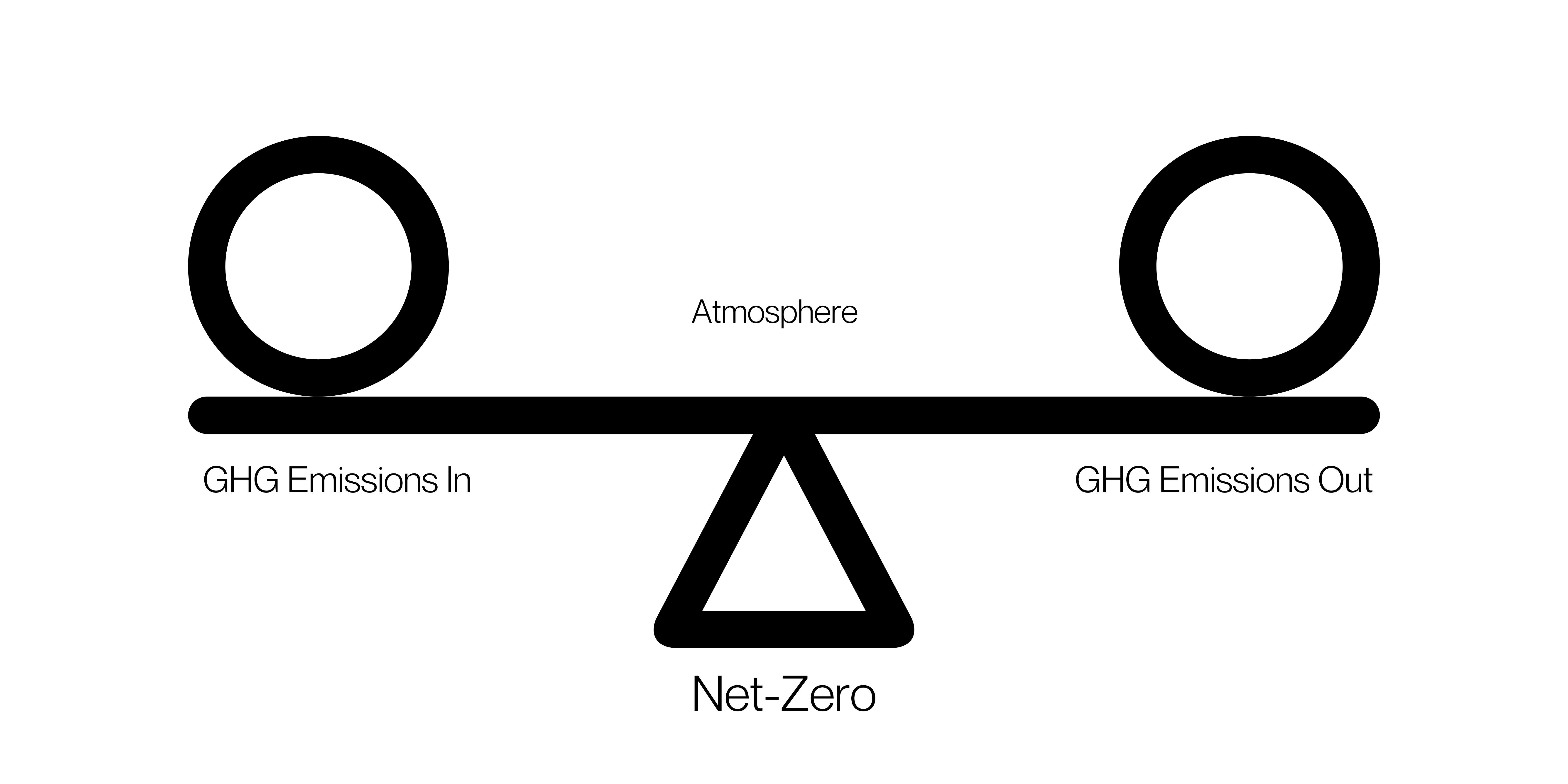
The Earth’s temperature is increasing rapidly with irreversible negative tipping points. It is often mentioned that Vietnam is one of the regions most impacted by climate change. Those that have lived here have always experienced extreme weather conditions this time of the year. We have witnessed all types of flooding. But extreme weather in increasing in strength and frequency.
Energy Shift
One area with big potential to help decrease GHGs is energy usage. The reason is this; the energy sector is responsible for 76% of global emissions with an over reliance on fossil fuels, oil and gas, and coal. While there is a huge interest in renewable energy, usage is still low in comparison to non-renewable sources even here in Vietnam, where the solar industry has grown to be the third largest in the world. Additionally, as emerging markets grow, demand for energy will increase and join this already high percentage.
While there is a range of sectors that contribute to global emissions, almost three-quarters of all GHG emissions come from our use of energy. Industry and businesses are amongthe main users of energy. They create emissions indirectly through energy use in industry as well as directly through the industrial processes themselves and/or energy-related emissions through extraction and production of products and goods.
As business has such a clear impact on climate change, there is a need to to shift business models and transform ways of working.
Business Risks
‘Business as usual’ is not an option. Businesses are being forced to deal with the existential threats posed by climate change. The Task Force on Climate-related Financial Disclosures (TCFD) mention three types of risks to business:
- Physical impacts in which extreme weather impacts physical assets or create stranded assets such as buildings, infrastructure, etc.;
- Transition risks in which strategies, policies or investments change; and
- Liability risks in which lack of disclosure of forward-looking climate risks will expose business to greater liabilities.
In essence, climate change brings the same (and potentially more negative effects) on business as COVID-19: loss of GDP; disruption of supply chains; declines in employee safety and wellbeing; disruption of eco-systems, compromising the availability of raw materials; and the growing demands of insurance and investors for robust sustainability strategies and pricing of these risks.
Impact on Vietnam
The impact on climate-related decision-making is already evident here in Vietnam. I participated in an event where the topics of energy, investors and climate change in Vietnam merged together. One speaker mentioned that a corporate investor had decided not to invest in Vietnam as there was as yet no guarantee of 100% green energy . While Vietnam is scaling up its clean energy and leading the way in Southeast Asia with multiple renewable energy companies, integration into the power system is still in the works due to its outdated grid infrastructure.
Another example is the increased attention to supply chains. Many international companies have worked on their Scope 1 and Scope 2 emissions (emissions within the organisation) and are now focusing more on their Scope 3 emissions (emissions in the organisation’s value chain) which is at supply chain level. Vietnam is a key supply chain hub globally and it will have no choice but to work on climate strategies, resilience and disclosures or there will be a loss of business.
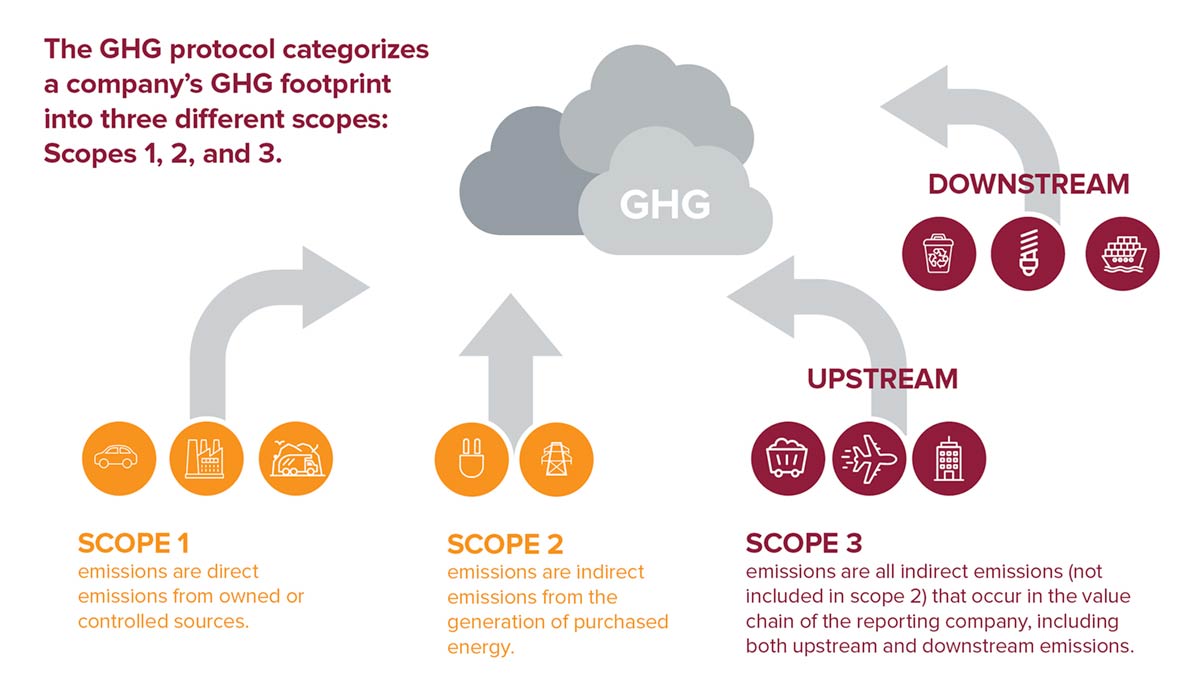
Image credit: BSR.org
In the same way that countries have their NDC targets, companies also have Science Base Targets (SBTi) that provide clear routes to reduce GHGs (and as I press publish, SBTi has just launched the SBTi’s Corporate Net-Zero Standard, a framework for corporate net-zero target setting in line with climate science).
Business partners and countries that understand, are prepared for and can provide solutions to climate change will be the best partners.
Business Resilience
For business to reduce emissions, it will need to transition and transform to meet the challenges of climate change. They will either have to mitigate by proactively combating climate change through reduction and prevention or adapt by adjusting or acclimatising to actual or expected climate impacts. Both are needed to manage the transition to Net-Zero.
The starting point is preparedness to build climate resilience in the business.
Businesses are both the problem and the solution. To lean more into the solutions, it first needs to understand, then plan, then act. As Benjamin Franklin quotes, “Failing to plan, is planning to fail.”
We can, business included, take meaningful action and tip the balance.
We cannot ‘fail’ our planet.
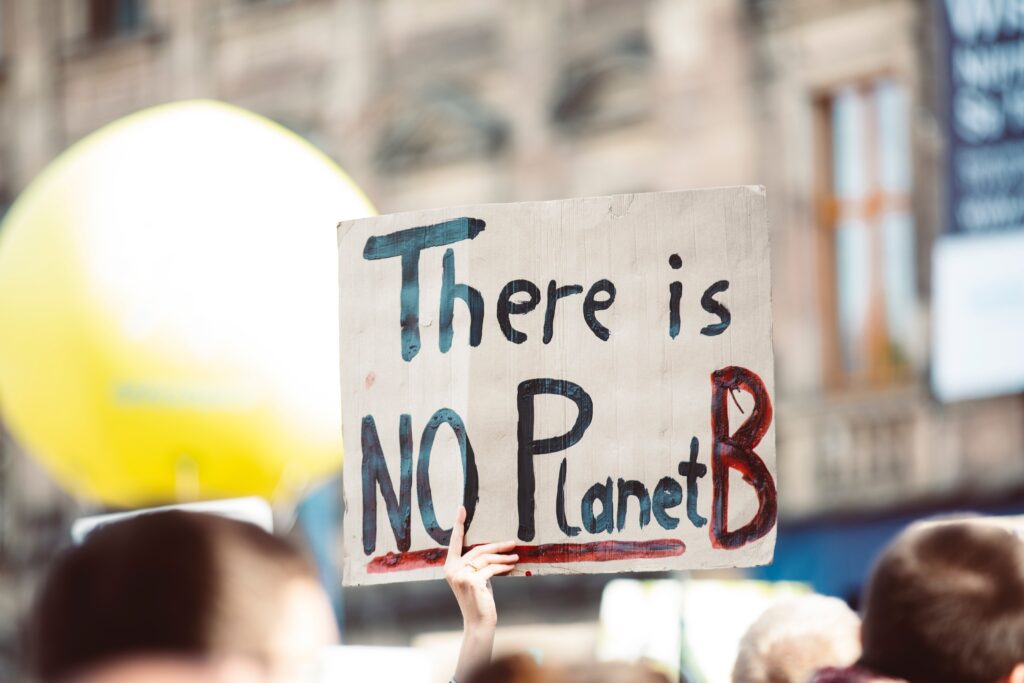
Photo credit: Markus Spiske
For more articles from Sustainable Vietnam on COP26:
- What you need to know about the upcoming COP26 climate conference by Dr. Kasia Weina, Director & Founding Partner, Evergreen Labs
- The Thorny Issue of Climate Finance by Richard McNally, Global Leader on Sustainable Forest & Landscape Management; Sustainable Finance; & Climate Change
- 101 on Climate Change, COP26 & Business Resilience by Christina Ameln, Sustainability Strategist & Advisor
- Building Resilience to Climate Change by Oliver Woodruff, Senior Engineer, Ove Arup & Partners Vietnam
- Experts Talk on Vietnam’s Commitment at COP26 with BBC Vietnam – comments by Christina Ameln, Sustainability Strategist and Advisor
All views and opinions expressed on this site are those of the individual authors and comments on this site are the sole responsibility of the individual contributor.

